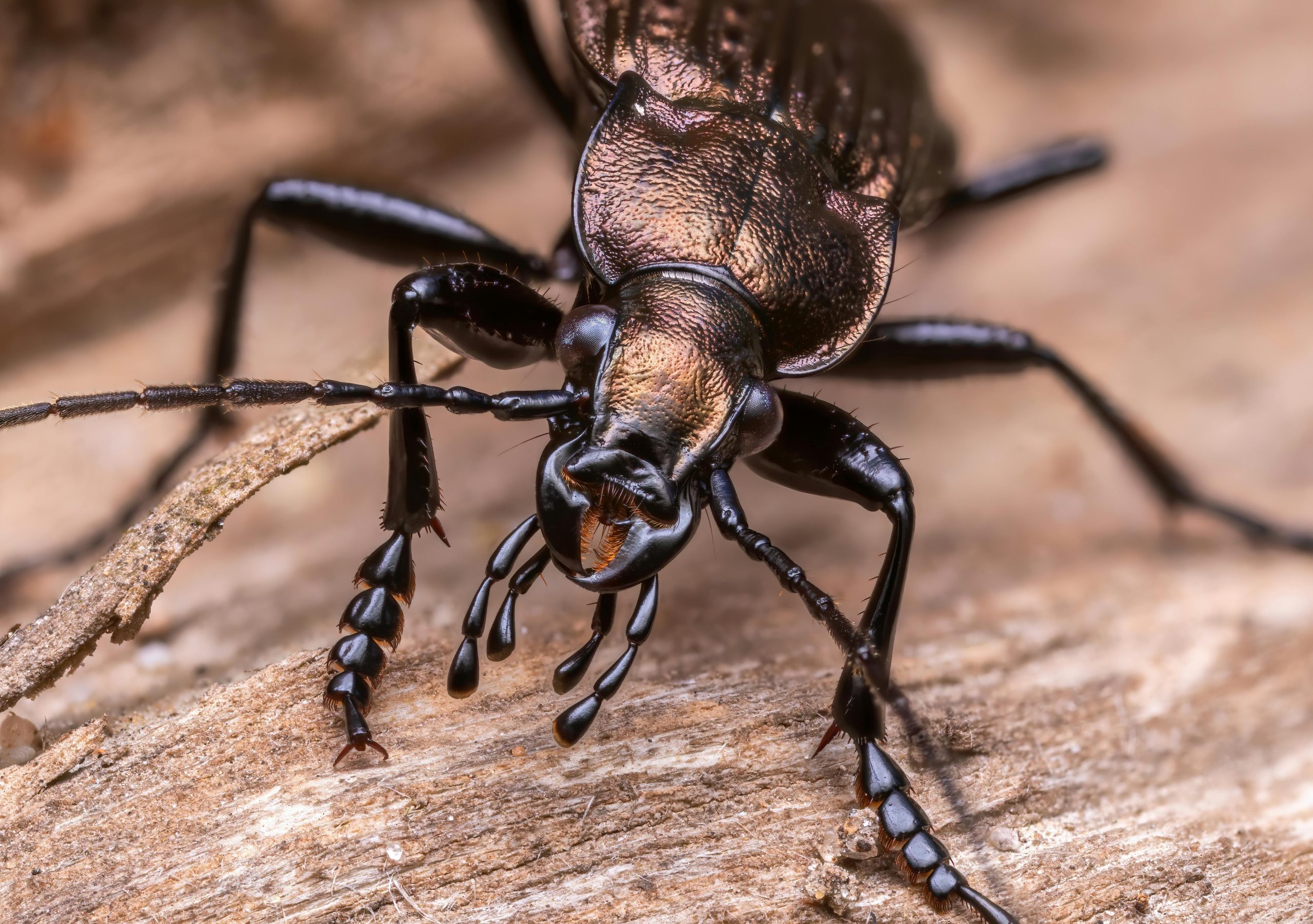Nature is full of wonders that challenge our understanding of biology, physics, and even logic itself. From deep-sea dwellers with bizarre adaptations to land animals that seem to break the rules of survival, the animal kingdom is teeming with creatures that defy scientific explanation. These mysterious beings leave researchers scratching their heads, proving that life on Earth is far stranger than fiction. Let’s dive into some of the most baffling creatures that continue to puzzle scientists.
The Immortal Jellyfish: A Biological Anomaly
Meet Turritopsis dohrnii, the only known creature that can cheat death. This tiny jellyfish has the extraordinary ability to revert to its juvenile polyp stage after reaching maturity, effectively resetting its life cycle. Unlike other organisms that age and die, this jellyfish can theoretically live forever under the right conditions.
Scientists are still unraveling the secrets behind this biological immortality. Some theories suggest that transdifferentiation—a process where cells transform into different types—plays a key role. If harnessed, this mechanism could revolutionize medicine, offering insights into aging and regeneration.
Why It Defies Logic
- It reverses aging, a process considered irreversible in most species.
- Its cells can completely change their function, something rarely seen in nature.
- No other animal exhibits true biological immortality.
The Axolotl: A Master of Regeneration
Native to the lakes of Mexico, the axolotl is a salamander with an almost magical ability to regenerate lost body parts. Unlike other animals that scar after injury, the axolotl can regrow limbs, spinal cords, hearts, and even parts of its brain without any trace of damage.
Researchers are fascinated by its regenerative capabilities, which could hold the key to human medical breakthroughs. However, despite decades of study, the exact mechanisms remain elusive. The axolotl’s genome is ten times larger than a human’s, making it a complex puzzle to decode.
Why It Defies Logic
- It can regenerate entire organs, a feat unmatched by vertebrates.
- Its healing process leaves no scars, unlike mammals.
- Its genetic complexity makes it resistant to cancer, despite rapid cell growth.
The Tardigrade: The Indestructible Microbeast
Tardigrades, also known as water bears, are microscopic creatures capable of surviving extreme conditions that would kill almost any other life form. They can endure:
- Temperatures near absolute zero (-458°F) or as high as 300°F.
- The vacuum of outer space.
- Radiation levels a thousand times higher than what would kill a human.
Their secret lies in a process called cryptobiosis, where they dehydrate themselves and enter a state of suspended animation. When conditions improve, they rehydrate and return to life as if nothing happened. Scientists are still studying how their cells withstand such extremes.
Why It Defies Logic
- It survives environments that should destroy DNA and cellular structures.
- It can go without water for decades and still revive.
- Its resilience challenges our understanding of life’s limits.
The Platypus: A Genetic Patchwork
The platypus is one of nature’s most bizarre mashups. With a duck-like bill, beaver-like tail, and venomous spurs, this egg-laying mammal baffled scientists when it was first discovered. Even today, its genetic makeup continues to surprise researchers.
Its genome contains a mix of reptilian, avian, and mammalian traits, making it a living relic of evolutionary history. The platypus also has electroreception, allowing it to detect prey through electrical signals—a trait usually found in fish, not mammals.
Why It Defies Logic
- It lays eggs but produces milk, blurring the line between mammals and reptiles.
- Its bill senses electricity, an ability rare in land animals.
- Its DNA is a chaotic blend of different animal classes.
The Blobfish: A Deep-Sea Enigma
Often dubbed the “world’s ugliest animal,” the blobfish looks like a gelatinous blob when brought to the surface. However, in its natural deep-sea habitat, it’s a perfectly adapted predator. Its body is mostly water with minimal muscle, allowing it to float effortlessly in high-pressure environments.
What puzzles scientists is how it survives at depths where most creatures would be crushed. Its unique physiology—lacking a swim bladder or hard bones—makes it a mystery of deep-sea adaptation.
Why It Defies Logic
- Its body structure defies conventional fish anatomy.
- It thrives in extreme pressure without traditional support structures.
- Its appearance changes drastically when removed from its habitat.
These creatures remind us that nature is far stranger than we can imagine. From immortal jellyfish to indestructible tardigrades, each one challenges our understanding of life’s possibilities. As science advances, perhaps we’ll uncover the secrets behind these biological marvels—but for now, they remain some of Earth’s most mysterious wonders.
